A more detailed introduction to the University of November 11 in Angola:
Introduction: The University of November 11 in Angola is a public university of great significance. It is named after the Independence Day of Angola, reflecting its special status in the national education system. It is committed to cultivating professionals in various fields for Angola and promoting the development and progress of the country.
Overview
Campus distribution: It has multiple campuses, such as Cabinda Campus, Bucosso Campus, Soyo Campus, etc.
Discipline coverage: It covers many disciplines such as law, economics, medicine, science education, engineering, etc., and provides a rich curriculum system.
Student scale: There are a large number of students from all over Angola and some international students, forming a diversified academic atmosphere.
History and establishment time: Its predecessor was the Cabinda campus of the Agostinho Neto University. In 2009, according to Decree No. 7/09 of the Angolan Government, the University of November 11 was officially established after being separated from Agostinho Neto University.
School Strength
Faculty: It has a team of highly professional teachers, including experts and scholars with rich teaching and research experience in various disciplines.
Scientific research achievements: It has achieved certain scientific research results in medical research, economic development research, legal theory, etc., providing theoretical support and practical guidance for the social and economic development of Angola.
International Exchange: It actively carries out international exchanges and cooperation, and has established cooperative relations with some internationally renowned universities and research institutions, providing teachers and students with opportunities for international exchanges and academic cooperation.
Nature of the institution: It is a public research university, funded and managed by the government, aiming to cultivate high-quality talents for the country and promote scientific research and social development.
Educational philosophy: It aims to cultivate professional talents with comprehensive development, innovative spirit and social responsibility, pays attention to the combination of theory and practice, emphasizes the cultivation of students' independent learning and innovation ability, and is committed to cultivating students into outstanding talents who can adapt to the needs of social development and contribute to national construction.
Key laboratories, disciplines and departments
Key disciplines: The medical major has a high level in disease prevention and treatment, medical education, etc.; the law major plays an important role in cultivating legal talents and promoting the rule of law; the economics major provides theoretical support and policy recommendations for Angola's economic development.
Department: There are law schools, economic schools, medical schools, science and education schools, Cabinda Higher Polytechnic School, etc.
Ranking: In the webometrics data released in January 2024, the overall university ranking in Angola is not good. The country's top-ranked Agostinho Neto University is only ranked 401st. There is currently no authoritative international ranking data for universities on November 11, but it is an important university in Angola.
Cost: As a public university, tuition fees are relatively affordable compared to private universities. However, the specific fees will vary depending on the major. Generally speaking, undergraduate tuition fees may be around US$1,000-3,000 per year, and graduate tuition fees will be slightly higher.
Campus Environment
Teaching facilities: Each campus has modern teaching buildings, libraries, laboratories and other teaching facilities, providing students with good learning conditions. The library has a rich collection of books covering various disciplines to meet students' learning and research needs.
Living facilities: The campus is equipped with student dormitories, canteens, sports stadiums and other living facilities, providing students with a convenient living environment. The student dormitories are clean and tidy, which can meet the basic living needs of students; the canteen provides a variety of dining options to meet the taste needs of different students.
Campus atmosphere: The campus environment is beautiful, with green trees and a strong cultural atmosphere. The school often holds various academic lectures, cultural activities, sports competitions, etc. to enrich students' extracurricular life and create a positive campus atmosphere.
-
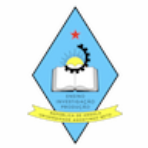
Agostinho Neto University
-
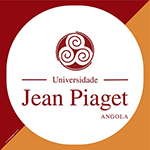
Jean Piaget University of Angola
-
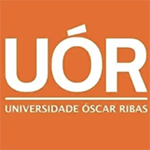
Oscar Ribas University
-
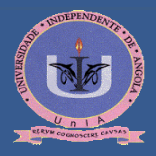
Universidade Independente de Angola
-
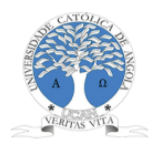
Catholic University of Angola
-
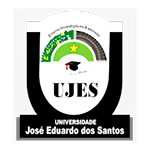
José Eduardo dos Santos University
-

Methodist University of Angola
-

November 11 University
-
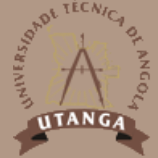
Technical University of Angola
-
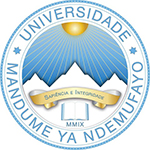
Mandume Ya Ndemufayo University
-

Mesoamerican University
-

Istmo University
-

Mariano Galvez University of Guatemala
-

Regional University of Guatemala
-

Galileo University
-

Francisco Marroquín University
-

Rafael Landívar University
-

University of the Valley of Guatemala
-

University of San Carlos of Guatemala
-

Technological Institute of Tlaxcala Plateau
-

Golfo University
-

Technological University of South Sonora
-

Technological University of Huejotzingo
-

Tizimín Institute of Technology
-

Chilpancingo Institute of Technology
